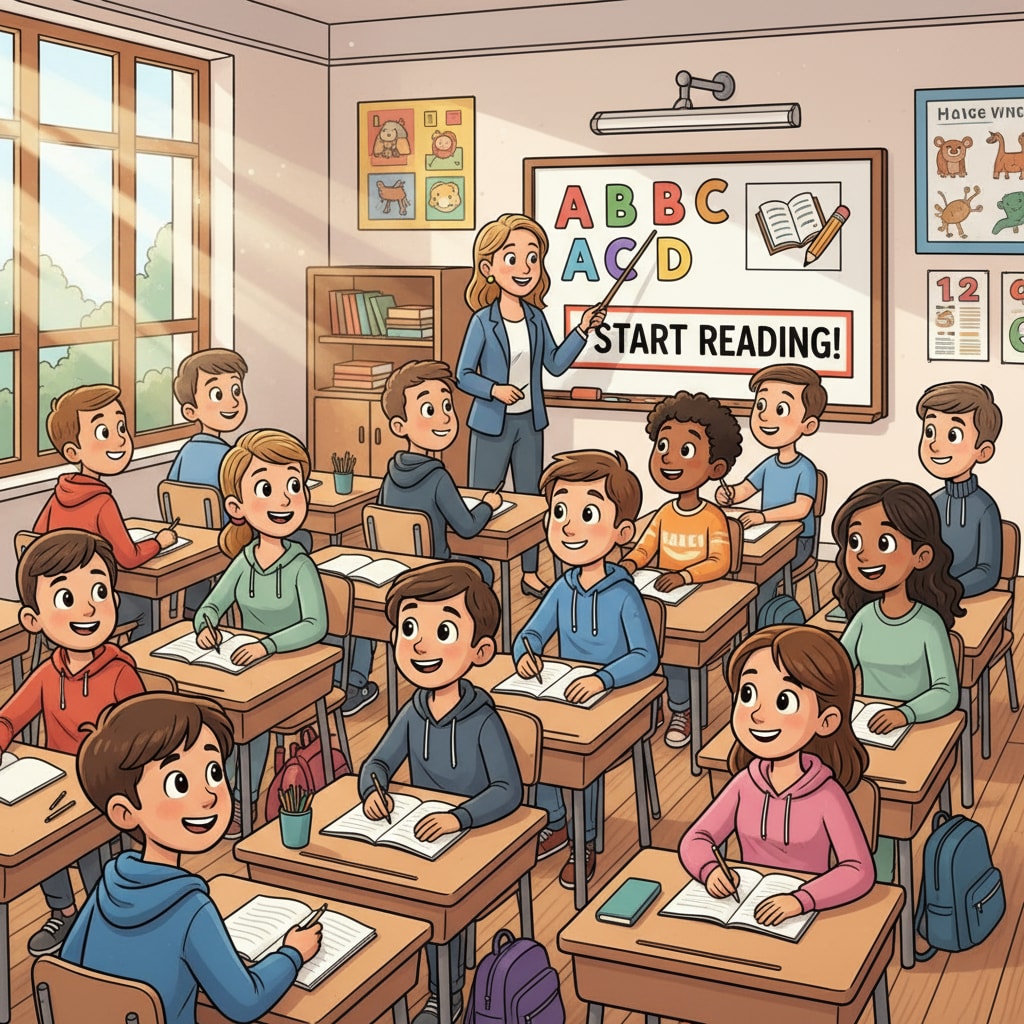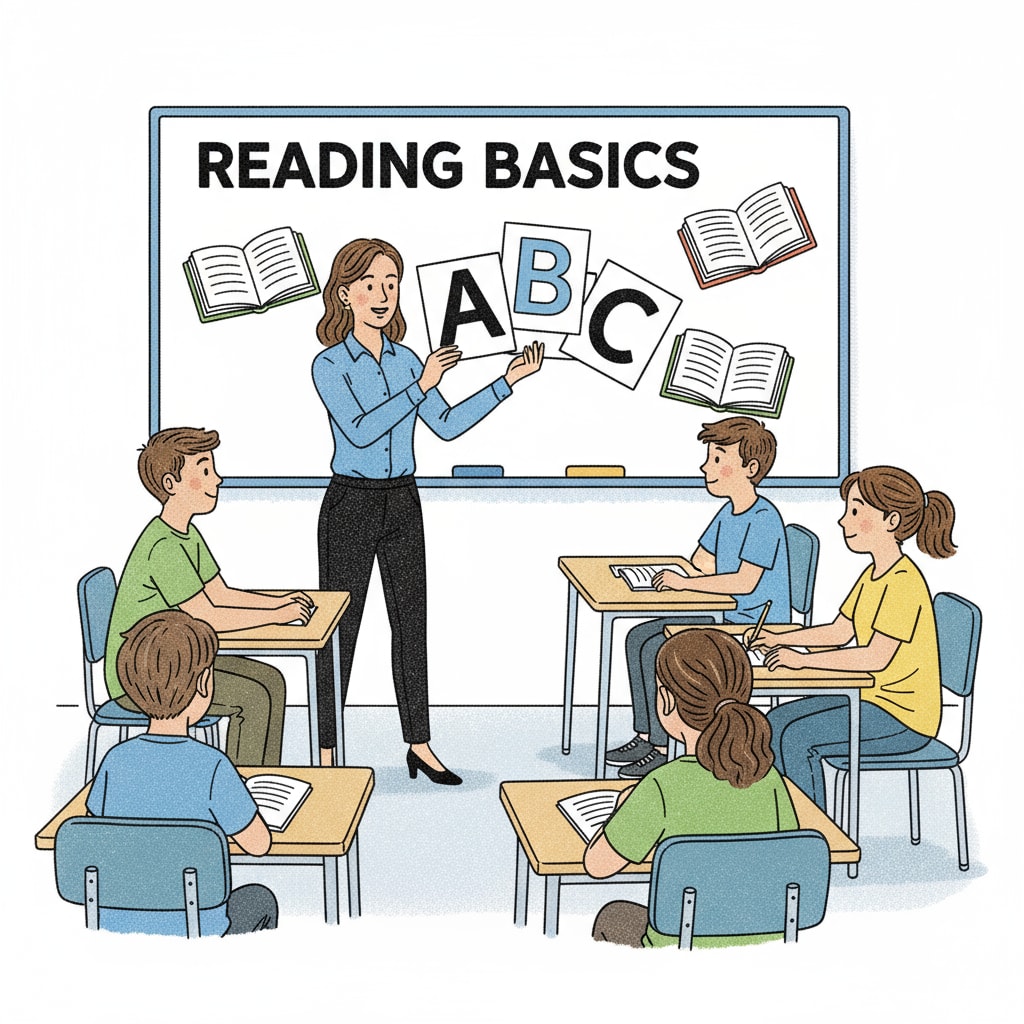Teaching methods, adolescent education, and basic literacy are crucial elements when it comes to helping 13 – 14 – year – old teenagers who have missed out on basic education. These young individuals often face a significant educational gap, but with the right strategies, they can be guided back into the learning environment.

Understanding the Psychological Aspect
Before diving into academic instruction, it’s essential to address the psychological state of these adolescents. Many of them may feel embarrassed or frustrated due to their lack of basic education. Therefore, creating a supportive and non – judgmental environment is key. Teachers should use positive reinforcement, for example, praising small achievements. This helps build students’ confidence, which is the foundation for successful learning. According to American Psychological Association’s research on adolescence, a positive emotional environment can significantly enhance learning outcomes.
Starting with Basic Literacy Building Blocks
Begin with the most fundamental aspects of literacy. Start with letter recognition and simple phonics. Use visual aids such as flashcards with large, colorful letters to make the learning process more engaging. For instance, show a picture of an apple while teaching the letter ‘A’. This multi – sensory approach helps students better understand and remember.

Additionally, incorporate games into the lessons. Games like alphabet bingo can turn learning into a fun activity, increasing students’ motivation. As stated in Reading Rockets’ guide on phonics, games are effective tools for teaching basic literacy.
As the students progress, introduce basic word – building exercises. Start with simple two – or three – letter words and gradually increase the complexity. Encourage students to form words using magnetic letters on a board. This hands – on approach makes learning more tangible and enjoyable.
Readability guidance: The paragraphs above use short sentences and simple language to ensure clarity. Transition words like ‘therefore’, ‘for example’ are used to connect ideas. Each section focuses on a key aspect of teaching basic literacy to adolescents.


